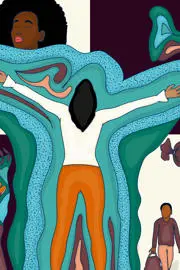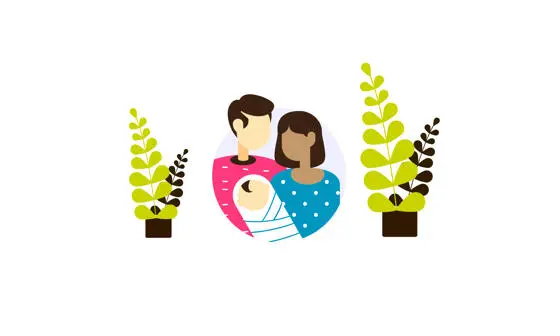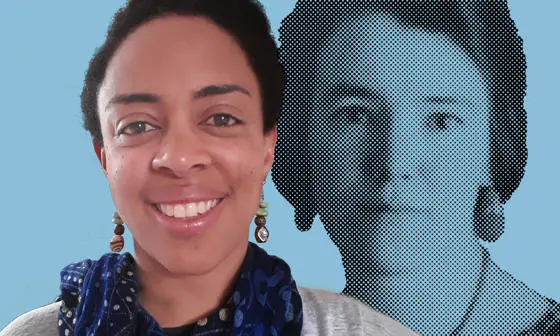Reclaiming the Women, Peace and Security agenda: a letter on feminist peace
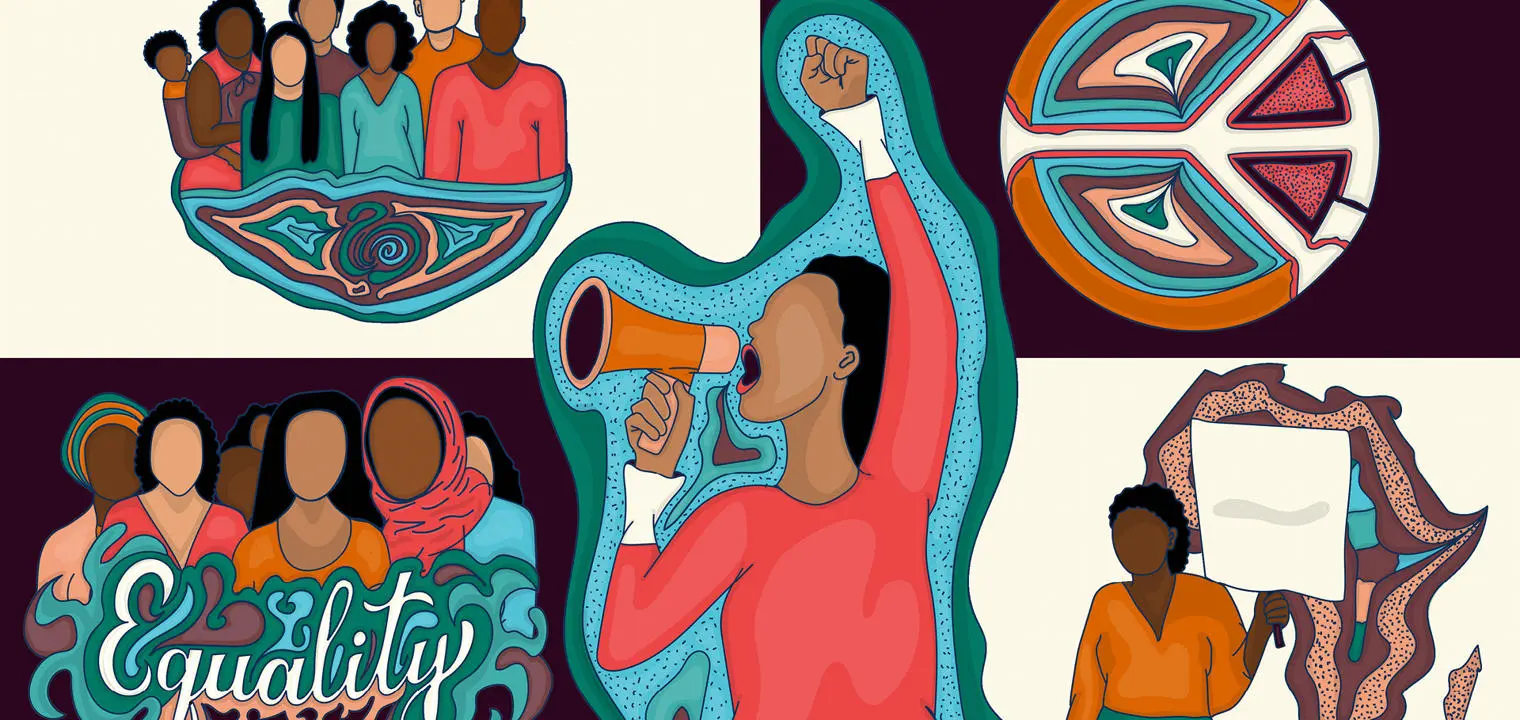
Contents
"To seek visions, to dream dreams, is essential, and it is also essential to try new ways of living, to make room for serious experimentation, to respect the effort even where it fails."
Adrienne Rich
On 31 October 2000, the United Nations Security Council adopted Resolution 1325 on Women, Peace and Security (WPS), formally recognising the link between gender equality and sustainable peace. The moment was significant, acknowledging for the first time the impact of armed conflict on women and girls, and since then a further nine WPS resolutions have been adopted by the Security Council. Yet, 20 years on, women remain mostly on the sidelines of security and peacebuilding around the world.
In September 2019, the Feminist International Law of Peace and Security project at the LSE Centre for Women, Peace and Security convened a workshop with the idea of drafting an alternative UN resolution on WPS. Its publication would coincide with a number of UN anniversaries in 2020, including the WPS agenda at 20, the Beijing Declaration at 25 and the halfway point to the 2030 Sustainable Development Goals.
Letter writing is part of a long legacy of feminist activism that has been used to unsettle and to bridge the divide between the public and private sphere.
The aim of those at the workshop, which consisted of legal academics, activists and practitioners, was to reclaim the WPS agenda and to recast it as a transformative peace agenda, as was originally envisaged by many women’s civil society groups when the first WPS resolution was adopted.
What started as a resolution evolved over the course of the year, and on 21 September 2020 - International Peace Day - we published "A Letter on Feminist Peace" to the Member States of the UN General Assembly. This also coincided with the adoption by the Assembly of the Declaration on the Commemoration of the Seventy-Fifth Anniversary of the United Nations.
Why a letter? Feminist activism, dialogue, art and protest
The idea of an alternative resolution, like a shadow report, has long been used by feminist activists as a political device for advocacy purposes. More recently, feminist law scholars have engaged in the re-writing of legal judgments as a new model of critical analysis. Feminist scholarship is, by definition, a critical enterprise; however, it is also a deeply political project that seeks to change the existing gendered social order by exposing the arbitrariness of exclusion based on sexual difference.
We began by searching through treaty and customary international law to find the building blocks of feminist peace, however defined. We sifted through the WPS resolutions, the international and regional human rights instruments including the 1979 Convention on the Elimination of All Forms of Discrimination against Women. We took inspiration from instruments such as the Maputo Protocol which contains a specific right to peace for women in the African Union. And, of course, we also turned to statements, declarations and manifestos issued by women’s collectives and civil society movements that had been crafted to transform gender relations, to address law’s silences and to centre peace.
The global pandemic and anti-racist protests...brought to the fore brutal structural inequalities that oppress through racism, colonialism, patriarchy and capitalism.
The decision of States to celebrate the 75th anniversary of the UN with the adoption on Peace Day of a declaration listing 12 pledges opened up the possibility of penning a letter, setting out 12 counter-demands. As with a resolution, a letter can be used to set out an alternative view but, by taking a different format, the letter invites and beckons a response, an exchange, a dialogue between sender and addressee.
Letter writing is part of a long legacy of feminist activism that has been used to unsettle and to bridge the divide between the public and private sphere. Thus, the letter does not sit in a historical void. It is also an important form of art and protest. One example would be the Guerrilla Girls 1986 letter "Dearest Art Collector", which called out the lack of representation of women and called for immediate rectification.
The collaborative exchanges that produced the letter took place against the global pandemic and global anti-racist protests which also shaped our reflections around feminist peace. Each brought to the fore brutal structural inequalities that oppress through racism, colonialism, patriarchy and capitalism. The language of war and militarism adopted by political elites in response to the virus accentuated our discomfort and anxieties with the role of the State. These concerns were magnified by the use of militarised force against Black Lives Matter protesters, who adopted the hashtag No Peace without Justice.
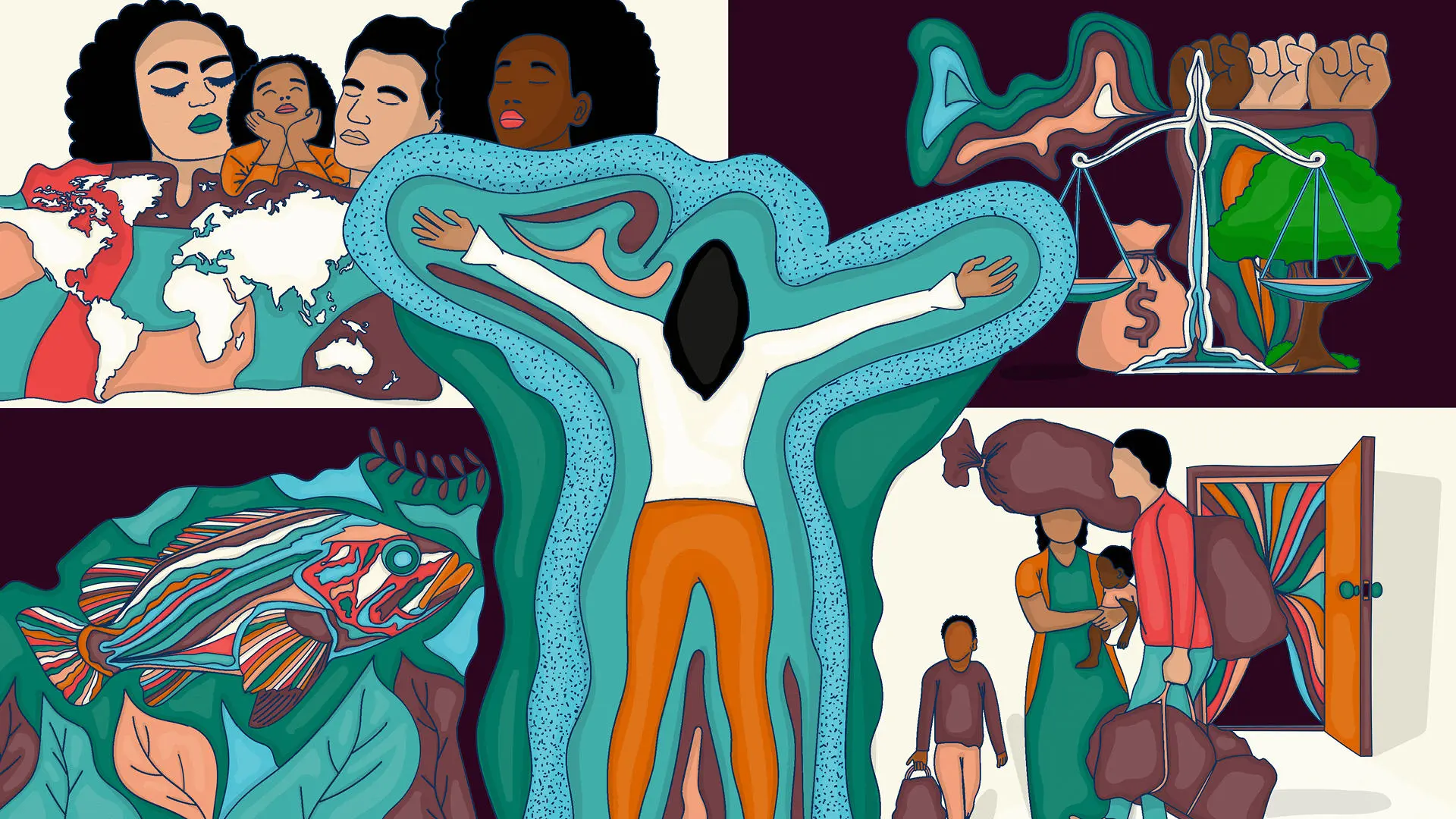
Using film to spread our message on feminist peace
Following the letter’s publication, we created a short film to disseminate the letter further, which previewed at the LSE Festival 2021. This film visualises the Letter on Feminist Peace. In it, the letter is read aloud by women’s rights activists and feminist collaborators in multiple languages, with speakers selecting sections of the letter that resonated with them.
There are two visual elements of the film. First, are the illustrations by Kenyan artist Rose Muthoni Kibara. Rose’s drawings provide other interpretations of the letter as she took the words from the page and created a pictorial storyboard from them. These illustrations provide the anchor points around which the film was then developed. Second, working with filmmaker Mark Jones, we sourced archival footage to bring to life the demands of the letter, depicting long histories of activism for peace and justice. These images root the letter and its demands in global realities.
The film brings the letter and its demands to life, making it real in the voices, images and illustrations of those working towards peace and justice. Its purpose is to be shared widely, making the letter accessible and engaging to diverse audiences. Reaching beyond traditional outputs of academic engagement, the film seeks to involve those audiences who are most affected by the contexts it critiques in its pursuit of a more just and sustainable peace.
To return to the words of Adrienne Rich, we must seek out new ways and make room - with the letter and film on feminist peace, we hope to add to the rich canon of feminist work dedicated to bringing about peace and security for women.
Adrienne Rich (16 May 1929 – 27 March 2012) was an American poet, essayist and feminist. She has been credited with bringing "the oppression of women and lesbians to the forefront of poetic discourse." (Source: The Guardian obituary of Adrienne Rich, 29 March 2012).
Illustrations by Rose Muthoni Kibara. You can read Rose’s rationale behind her drawing here.
Download a PDF version of this article

